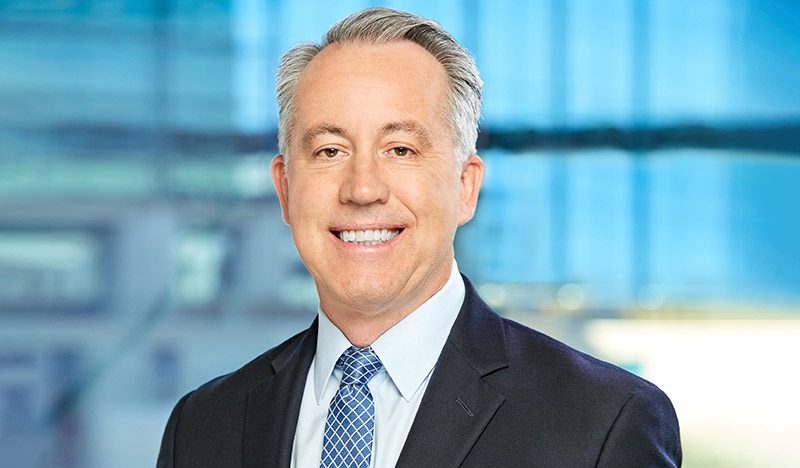Chris Nielsen Executive VP of Product Support & Chief Quality Officer,Toyota Motor North America
Toyota Motor North America announced its relocation from Torrance, California to Plano in 2014. In doing so, it pulled together disparate divisions from across the country into one location. The move, one of the biggest relocations in North Texas history, fundamentally changed how the company was doing business. Toyota opened its massive Plano campus in the summer of 2017, bringing with it thousands of employees, innovation, and a major new corporate citizen to North Texas. Chris Nielsen, executive vice president of product support and chief quality officer for Toyota Motor North America, took time to discuss how Plano and North Texas have helped the company move into the future.
What about North Texas attracted Toyota Motor North America to relocate its headquarters to Plano?
We carefully evaluated a wide range of factors before selecting Plano. These included economic considerations, geography and climate, transportation infrastructure, affordable cost of living, educational opportunities, and added bonuses like the central location and easy access to DFW Airport. We also were looking for a sense of community, and North Texas felt like the best fit.
What tipped us over the edge was the quality of life for our team members. We quickly realized that the quality schools, safety, diversity, and culture of the North Texas region would provide an excellent quality of life for team members and their families—and the rest, as they say, is history.
How has North Texas met Toyota’s expectations as a new home to grow in North America?
North Texas has been exactly what we expected—and more. Our goal with this move was to empower us to be more efficient as a company. We’ve found our team members can collaborate better, innovate faster, respond quickly to changes in the market, and make more timely decisions for our customers.
In addition, we found an incredible pool of talent to fill newly created jobs, a warm welcome from everyone, and a strong business community that makes us hopeful for the future in this region.
How did the design and construction of the Plano campus contribute to toyota’s commitment commitment to the environment?
Respect for the planet is one of Toyota’s highest tenets as a global company, and creating this campus was no different. Our LEED Platinum-certified headquarters was built with sustainability and resource efficiency in mind. We have solar panels, which produce up to 33 percent of the electric needs for our headquarters, and cistern water storage containers that capture up to 400,000 gallons of harvested rainwater. Even our exterior landscaping is drought tolerant and features North Texas indigenous plants.
Our new campus—much like our 15 manufacturing plants and other operations in North America—is reflective of Toyota’s Global Environmental Challenge 2050 Goals, which focus on carbon, water, materials, and biodiversity.
How has North Texas fulfilled the needs of employees who relocated?
Our team members have found excellent schools for their families and attainable housing, as well as entertainment, arts, and culture. More than 70 percent of our team members made the move with us, which is a true testament to the region and all it has to offer. But what I think has been the most impactful to our team members is the community. During a time when team members were going through a major life change, the welcoming hospitality of our neighbors in this region made all the difference. We truly feel at home here.
Toyota has been a strong supporter of communities and education in North Texas. How will that help Toyota in the future?
Toyota is passionate about serving the community, giving time, knowledge, and resources to support local organizations. Since moving here, Toyota has actively touched more than 100 organizations. Many of our 4,100 team members are involved in the community, serving as mentors, helping with safety campaigns, beautifying parks, lending their skills to nonprofits, and providing training to teachers.
Our focus is on expanding access to opportunities that improve people’s lives and help create a more inclusive society. So, our efforts are on areas like workforce readiness, inclusive mobility, community resilience and financial inclusion.
Technology and innovation are disrupting industries left and right. But all companies have one critical need: human capital. As a business community, we have a responsibility to ensure that students can succeed and join our future workforce. And that responsibility starts in our local education system.

